Saddle assembly and adjustment (Instructions)
Saddle assembly and adjustment
Assembly instructions
GENERAL PRINCIPLES
Our saddles are designed to distribute body weight between the buttocks and lower part of the pelvic bone.
The weight balance and comfort therefore depend on how the ischial tuberosities rest on the saddle while pedalling. This position depends on various factors:
- the height of the saddle in relation to the pedals
- the distance between the saddle and the handlebars
- the tilt of the saddle
These parameters are adjusted by the cyclist according to their personal characteristics; for best results it is essential to perform the installation by following the steps in the procedure described in the following pages.
PRELIMINARY POSITION
Secure the saddle observing the distance from the handlebar and saddle height recommended by the bicycle manufacturer based on your measurements.
Replacing the old saddle
- measure the distance from the old saddle to the handlebars
- measure the distance between the upper side of the saddle and the central movement rotation centre
- place the new SMP saddle using as a reference the same measures
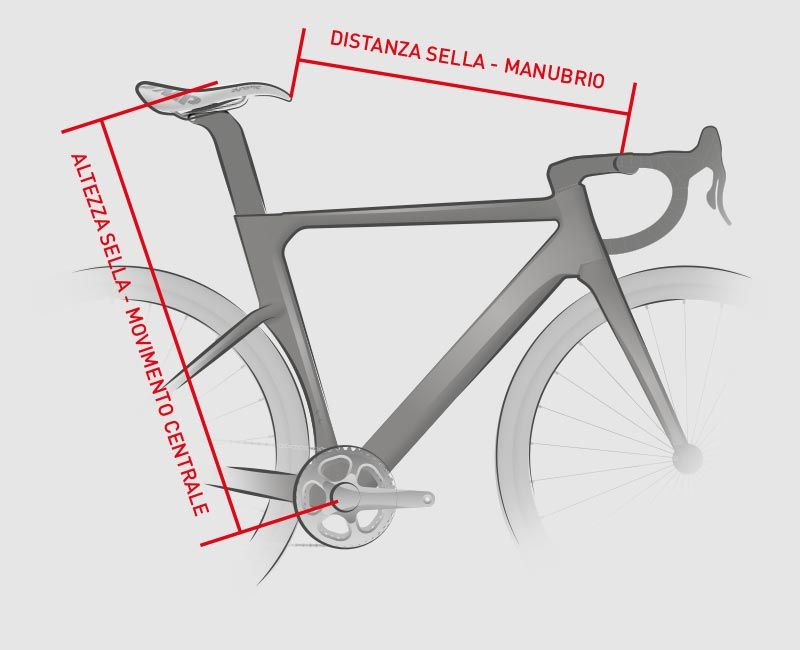
LEVELLING
Our saddles are designed to distribute body weight between the buttocks and lower part of the pelvic bone. The weight balance and comfort therefore depend on how the ischial Using a level, adjust tilt using the clamp so that the saddle is horizontal.
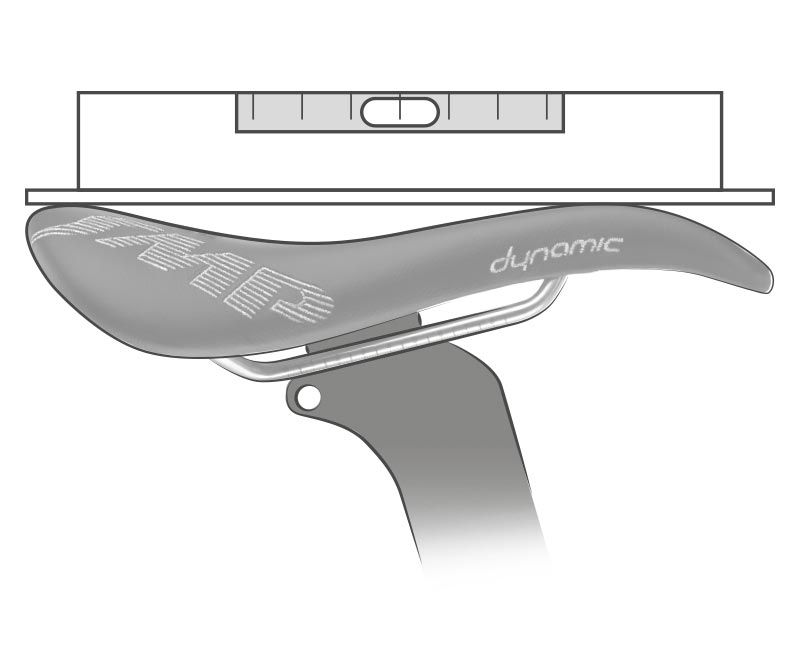
FINE ADJUSTMENT (ROAD TEST)
Once the saddle is positioned following the previous instructions, use an Allen key on the clamp to make fine adjustments to how the“feels” until you find your perfect balance on the saddle and the right compromise between the saddle pillar and ischial tuberosities.
* The saddle nose tilt can be adjusted between + 10 and - 25 mm and the distance between the saddle point and handlebars can be reduced by 5 - 10 - 15 mm.
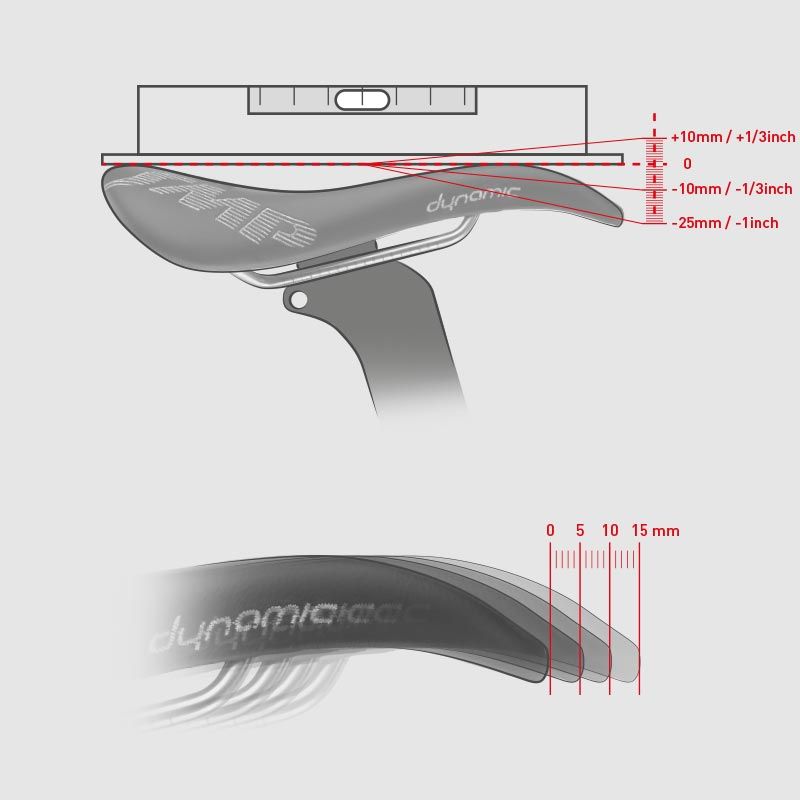
RECOMMENDATIONS REGARDING THE PILLAR
The pillar has a significant impact on saddle frame resistance: For this reason Selle SMP recommends a pillar with the following characteristics:
it should allow correct saddle positioning
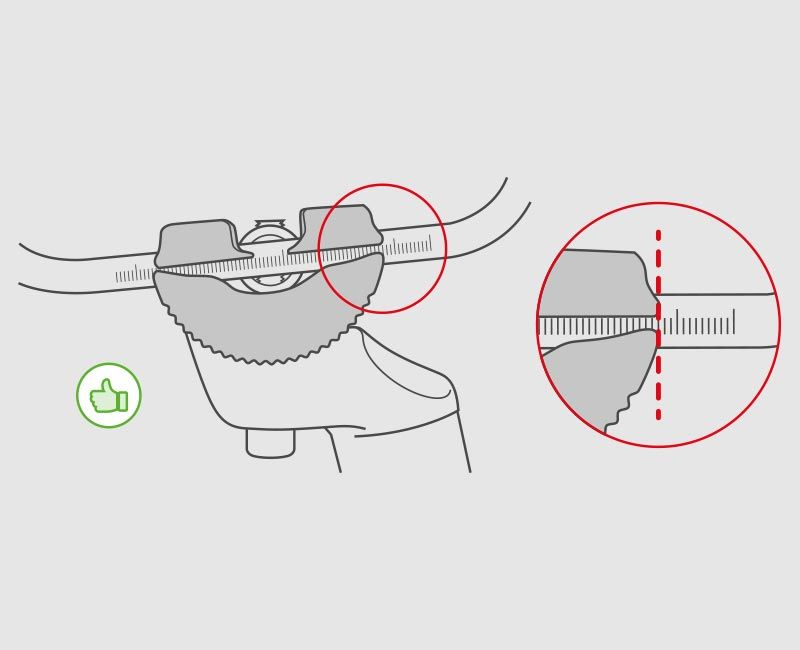
it should not have sharp edges which, by cutting, could compromise saddle frame resistance
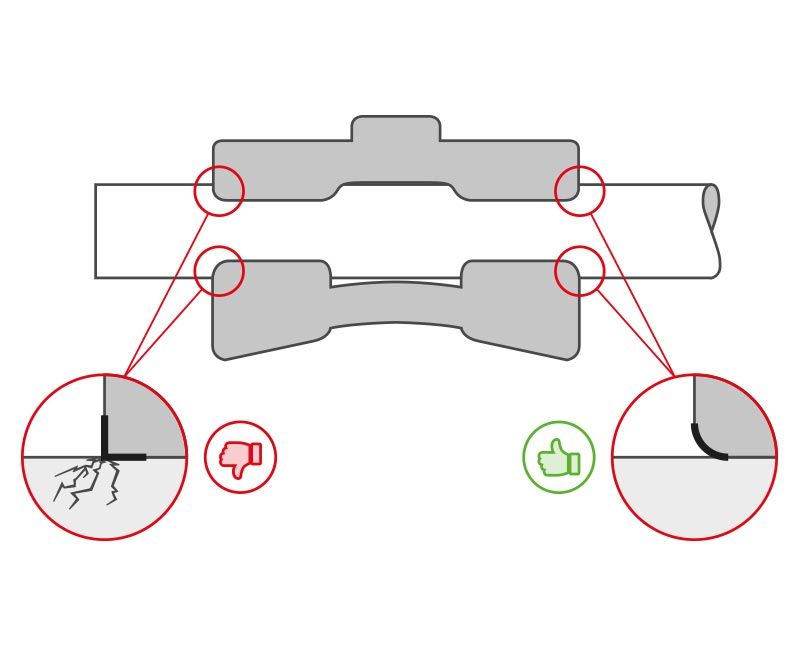
the jaws should have the same external surface shape as the saddle frame to correctly fit with a wide contact surface.
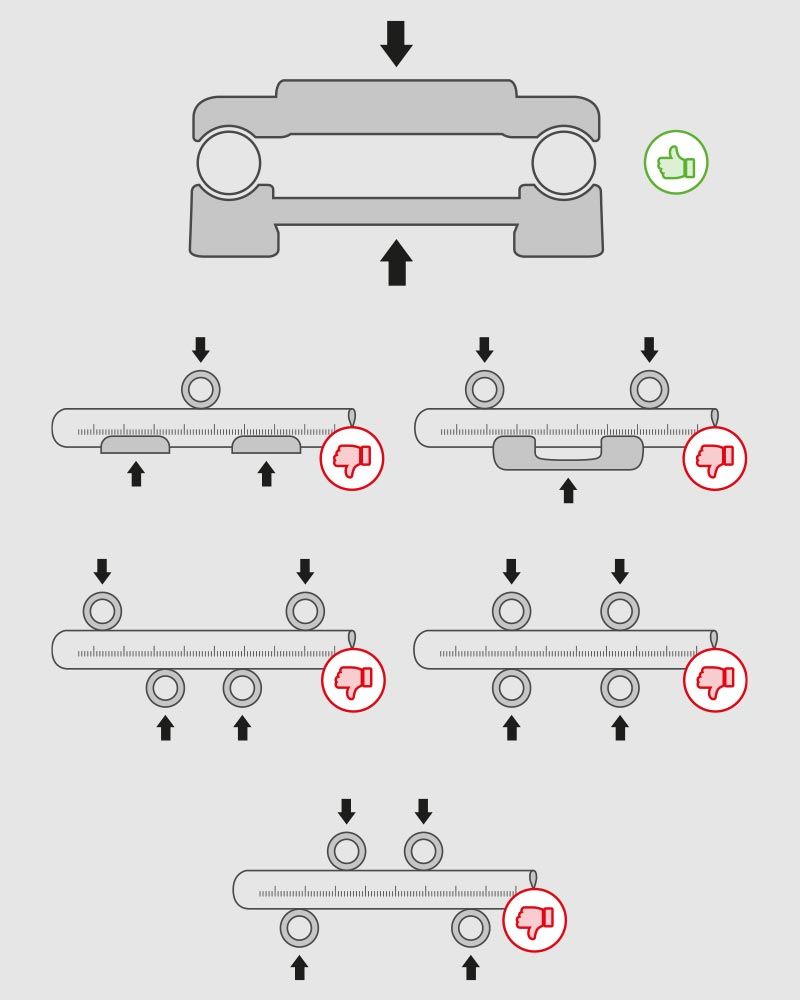
the contact area between the pillar and the saddle frame should not be under 8 cm2
the jaws should connect with the saddle frame for a minimum length of 32 mm
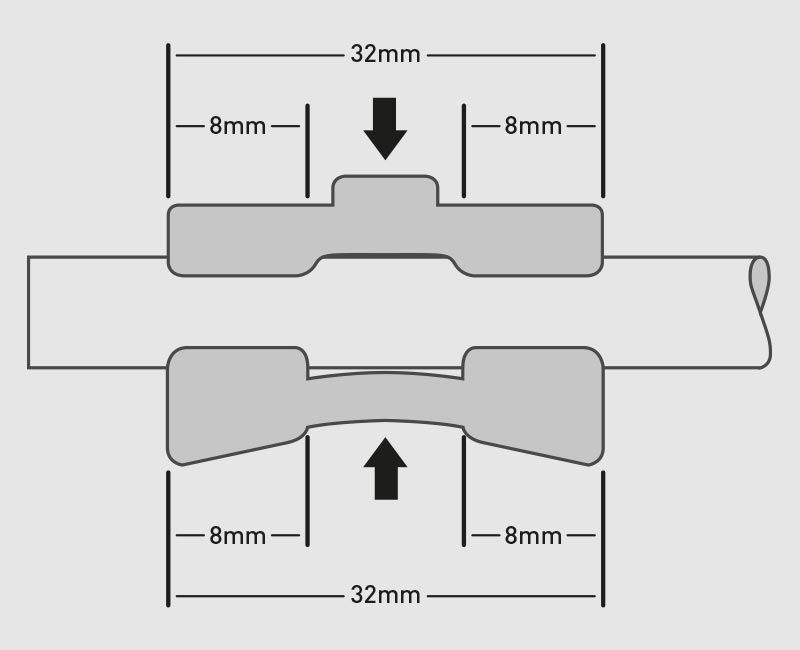
the coupling surfaces with the saddle frame should be symmetrical and parallel
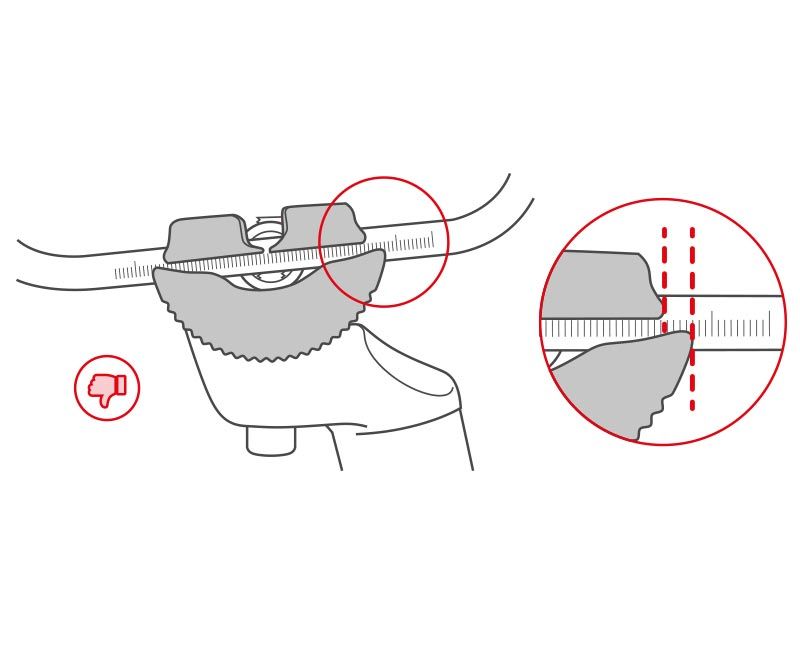
the jaws should not cause deformation or damage to the saddle frame
the pillar jaws should not protrude beyond the graphed area
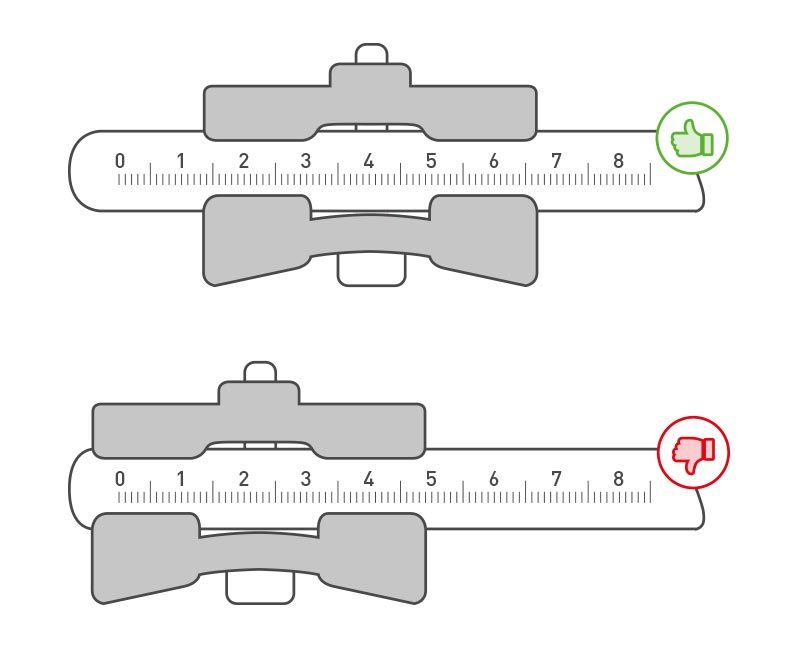
the closing torque recommended by the pillar manufacturer must be strictly abided by
The seat-post must be compliant with the requirements of European standards UNI EN 4210-9, UNI EN 4210-3, UNI EN 4210-2, UNI EN 16054, UNI EN ISO 8098.
ADDITIONAL SEAT-POST REQUIREMENTS
For saddles with carbon fibre chassis (Full Carbon and CRB versions)
If a lateral clamp seat-post is used, we recommend using jaws with a range and profile suited to house the carbon fibre saddle frame with 7.1 x 9.0 mm.
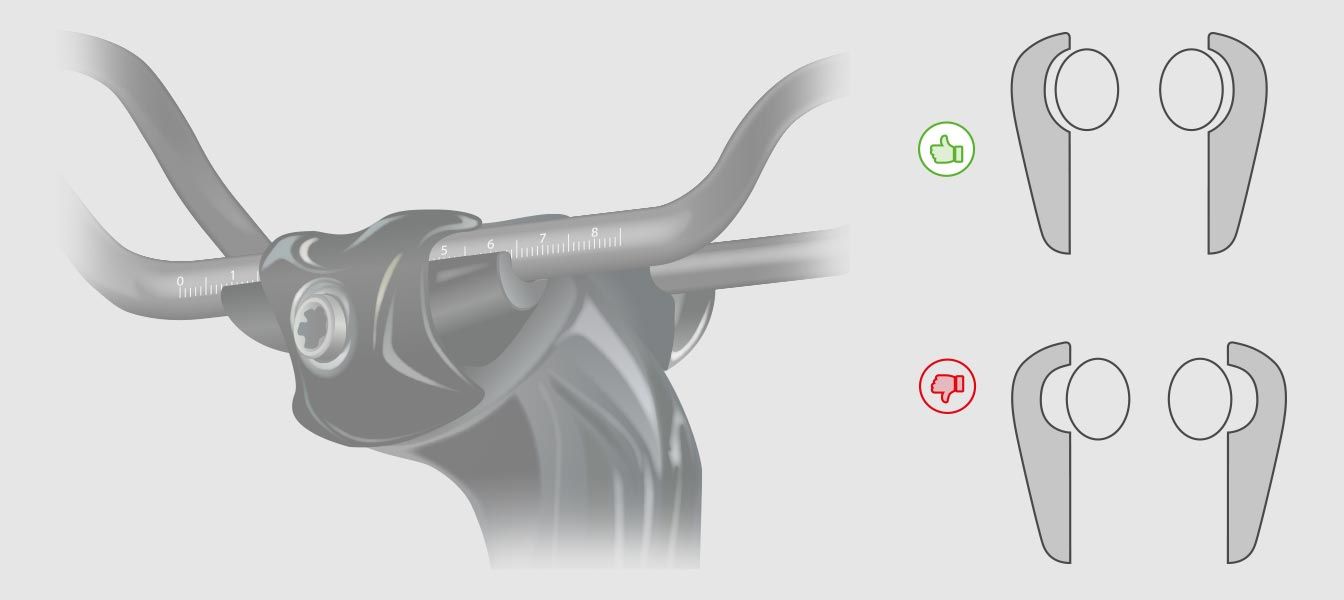
* For further information, please refer to the pillar manufacturer’s instructions.
Recommendations for installation on bicycles
equipped with a traditional seat clamp
Selle SMP recommends to always use the seat post with the characteristics indicated in point 5, as it allows a better tightening and a greater possibility of saddle adjustment.
If you still want to use the traditional seat clamp mounted on your bike, it is recommended that it is a “five-component”type with the safety features highlighted in the following figures.
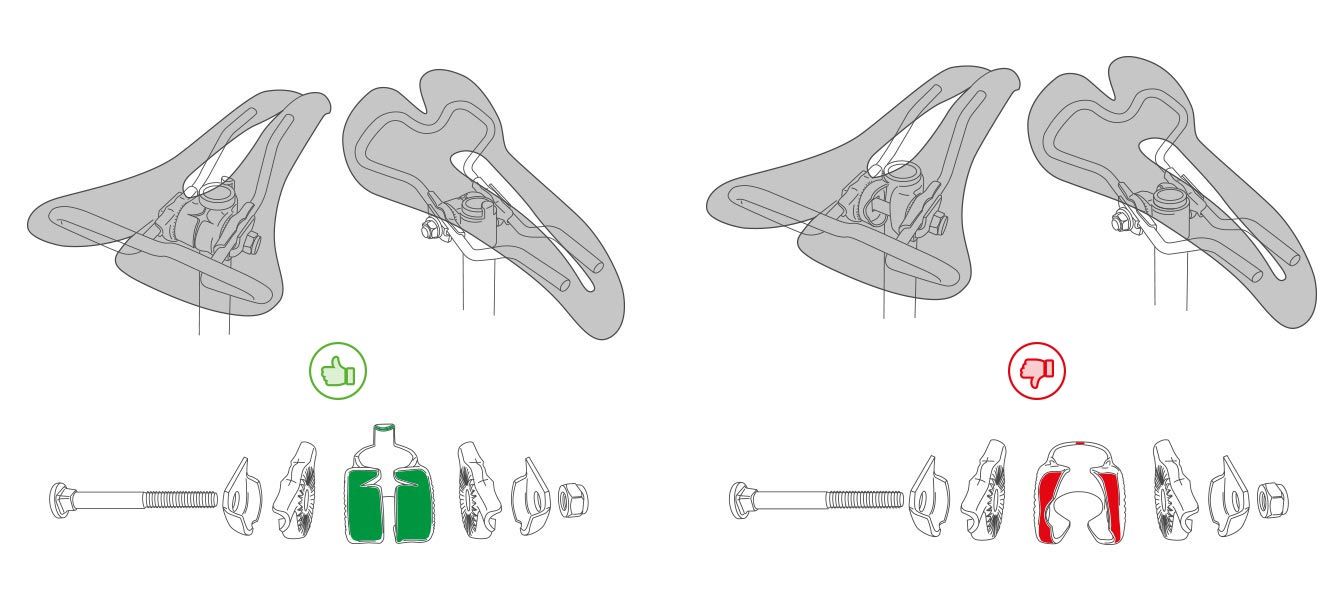
Contact us in case of doubts or further clarifications:
E-mail: info@sellesmp.com
Phone: +39 049 643966
